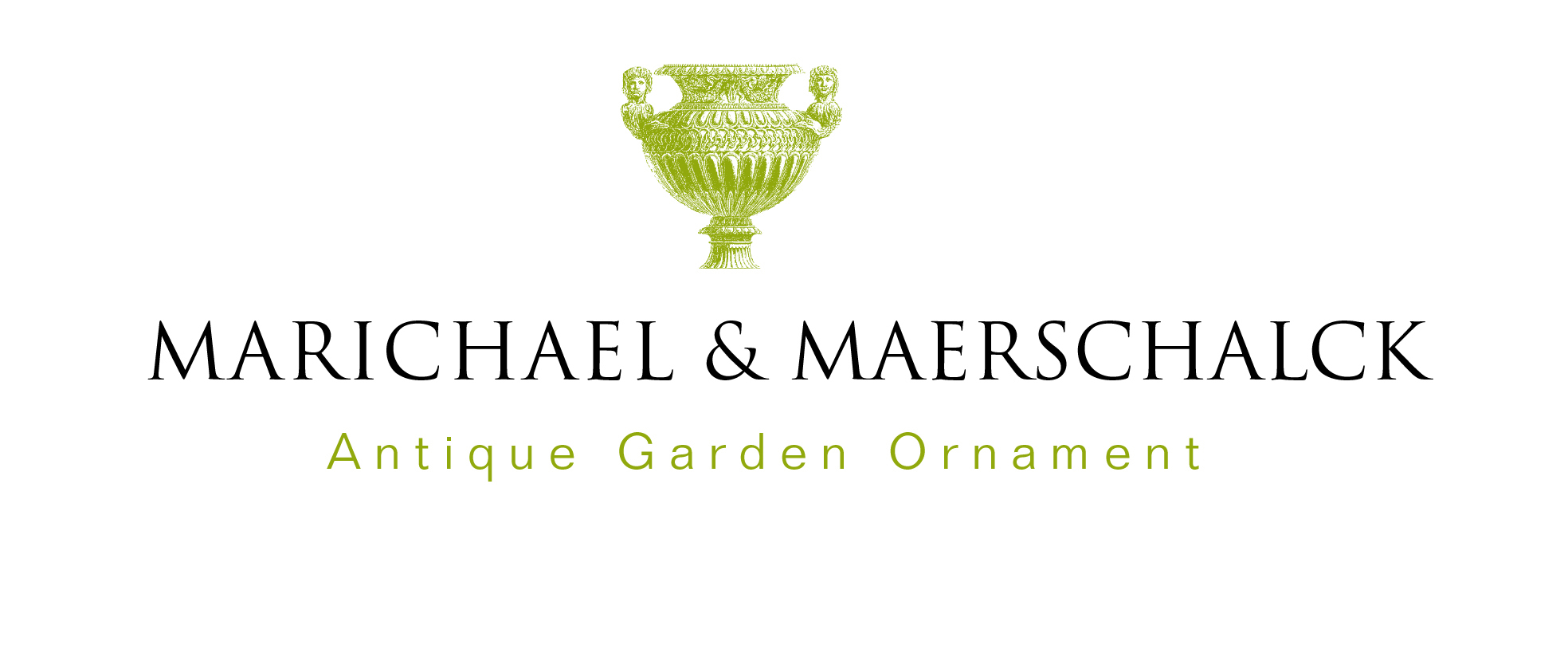- Home
- FAQ on antique garden ornaments - Marichael & Maerschalck
FAQ on antique garden ornaments - Marichael & Maerschalck
Is it not dangerous to put such expensive items in a garden regarding to theft, for example?
It would not be sensible to deny the rising number of thefts of ornaments from gardens. The market of antique garden ornaments is distinct and the sharp rising value of old garden ornaments during the last 20 years makes them even more attractive for thieves to steel them.
Fortunately, there are a few good alarm systems on the market: to protect expensive items it is worth the effort and cost to buy one because insurance companies refuse more and more to insure garden ornaments in unprotected or unguarded gardens.
You would better first start to photograph your garden ornament(s): if the worst happens it is useful that you can give the police a picture. Take good pictures, close-ups and write down the dimensions and other specific data (state details, for example) on the back of the picture or mark the inside or back of items with an ultraviolet marker: as many garden ornaments are manufactured with the same matrices (moulds), it is useful to identify your own ornament.
It makes no sense to say that your stolen garden bench was painted in white, or blue because it only takes half an hour to paint it in another colour. Also write down defects that could be seen under the paint. Big items, such as statues or fountains, can best be anchored in the ground or a contact alarm can be installed beneath it that goes off as soon as the item is lifted. Never think that an item is too heavy to be stolen: there have been ornaments lifted with cranes over walls and a bronze fountain was stolen from a garden in the south of France by helicopter!
Our garden ornaments are and stay, also after the purchase, registrated: we are associated with the Art Loss Register in London that possesses a data base of all stolen pieces of art. This makes it for thieves impossible to sell stolen items to auctioneering firms, associate antique dealers,. .
Can I leave my garden ornament outside during the winter without a cover?
It depends on the material in which your ornament is manufactured. With lead, cast and wrought iron, bronze, for example, you will not have the slightest problems in our northern regions. With soft kinds of (sand)stone, marble, even bluestone, some kinds of composition stone, kinds of terracotta, it is somewhat different. Rainfall per se is not harmful for any kind of material, neither is frost in most cases. However, the combination of, for example, days of rain shortly followed by a period of sharp frost will often have a baleful influence on the second group of material. The item absorbes water through cracks or grains, gets saturated with liquid, it starts freezing, the water expands and the item starts to flake off; in the worst case even splits. Therefore, it is advisable to cover or to take inside items that are manufactured in these softer materials during the winter period.
Antieke Tuinornamenten
Viooltjesdreef 39031 Baarle-aan-de-Leie
info@antieke-tuinornamenten.be+32 (0) 9 282 20 97+32 (0) 475 53 41 63
Opening hours
Bezoek aan de tuin enkel na afspraak.
